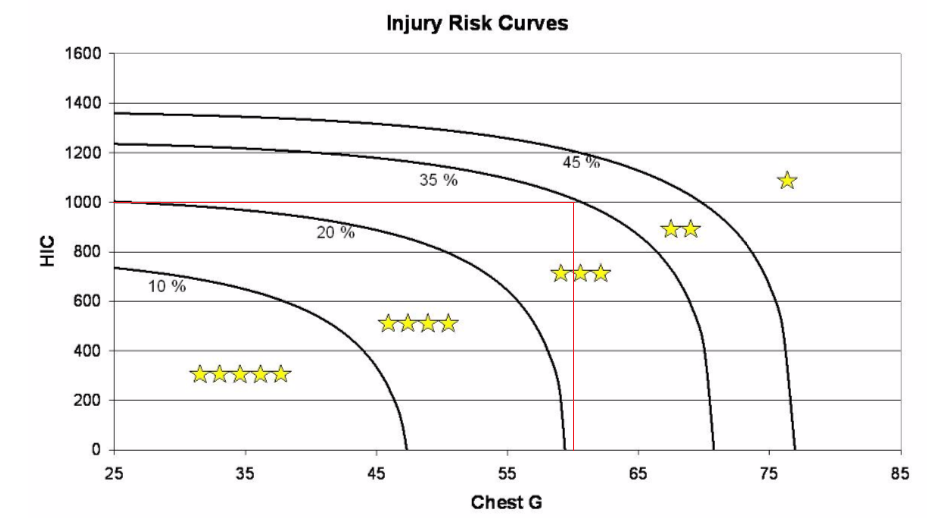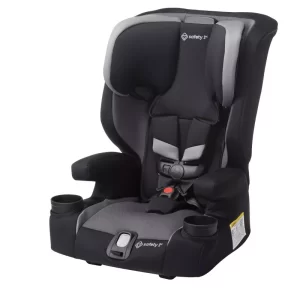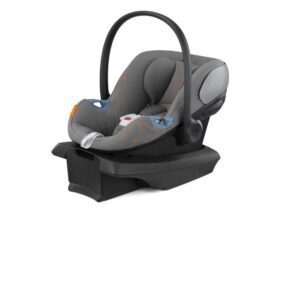The NHTSA FMVSS Cutoff, And How It Compared to a Star Rating

When the NHTSA 35-mph crash test began in 1979, it was graded on a “pass/fail” scheme. A vehicle “passed” if its HIC was under 1,000 and chest G’s less than 60 for both occupants. Later, this cutoff was used to establish a minimum front crash safety standard: from 1982-1997, vehicles had to pass this threshold for both occupants in a 30-mph crash test, conducted with seat belts or “passive restraints” (often airbags).
As it turns out, the 1000/60 threshold subdivides the 3-star rating. A vehicle that passes gets either a 5-star or a 4-star rating, a vehicle that fails gets a 2-star or a 1-star rating, and a vehicle near the line gets a 3-star rating. A 3-star rating indicates a severe injury risk of 21-35%.
In practice, a vehicle that barely passed (right at a 1,000 HIC and 60 chest G’s) would be right at the minimum cut-off of a 3-star rating, whereas a vehicle that barely failed on one parameter could still get a high-end 3-star rating if the other parameter was well below the critical value.
Theoretically, a vehicle could get a 4-star rating if the HIC exceeded 1,000, but the margin was extremely slim and in practice this was never achieved. A HIC of approximately 1,030 on its own would put the severe injury risk above 20%, and thus the vehicle in the 3-star range.
The occupants that “passed” with the highest injury risk that I have found were the drivers of the 1979 Oldsmobile Cutlass Supreme coupe and 1992 Chevy S-10. Both had a 33% risk, near the worst of the 3-star range. The Oldsmobile had a HIC of 998 with 58 chest G’s and the S-10 had a HIC of 990 with 59 chest G’s. Both narrowly cleared the cutoff for both head and chest.
On the flip side were the passengers of the 1994 Pontiac Trans Sport, 1980 Datsun 200SX, and 1981 Ford Escort. These three had a 22% risk. The Pontiac and Datsun had matching HICs and chest G’s: HIC 1,003, chest G’s 44. The Escort had a HIC of 1,011 with 40 chest G’s. Although these vehicles narrowly failed due to HIC, their risk was still a third lower than the worst passing vehicles, which effectively had the same HICs with much higher chest injury risk. The 1993 Lexus GS300, with 61 chest G’s but a HIC of only 369, had a 23% injury risk and was the “safest” vehicle to fail on chest injury.
It has been noted in more recent years that chest compression is a more reliable measure of potential chest injury than chest G’s, but these are the injury measures as initially recorded. Higher chest G’s usually loosely correlate to higher chest compressions, anyway.






